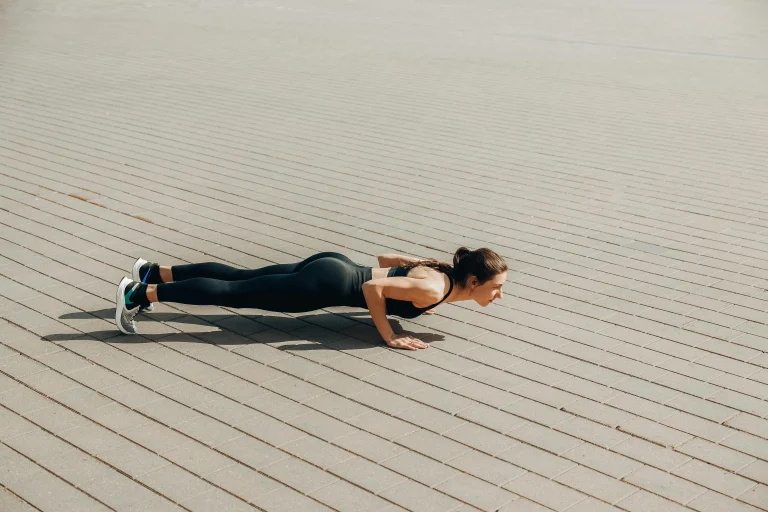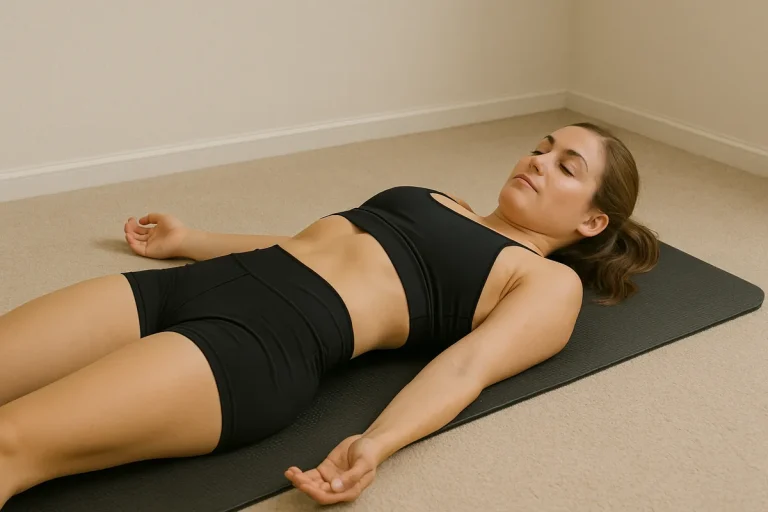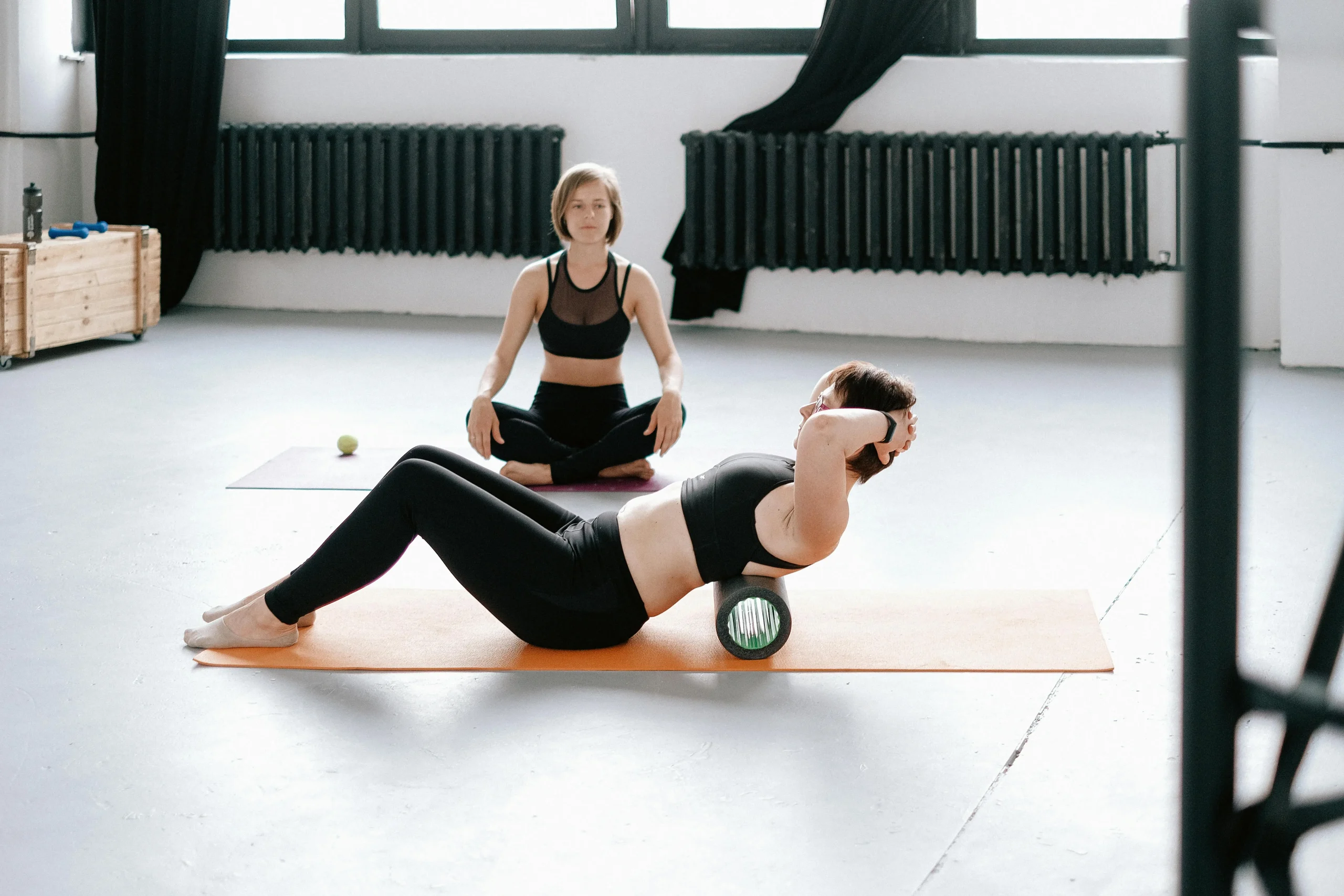Rest days are essential but that doesn’t mean you have to stay glued to the couch. If you’re someone who feels restless on recovery days, active recovery offers the perfect middle ground. It’s about moving with intention, not intensity. The goal is to support your body’s healing process without adding stress to your system.
Whether you’re sore from a tough workout or just want to keep your momentum going, active recovery can help you feel better, move better, and stay consistent.
Why Active Recovery Works
Active recovery involves low-intensity movement that promotes circulation, reduces stiffness, and helps flush out metabolic waste from your muscles. It’s not about burning calories or chasing performance it’s about helping your body reset.
Benefits of active recovery include:
- Increased blood flow to sore muscles
- Reduced inflammation and stiffness
- Improved joint mobility and range of motion
- Enhanced recovery between training sessions
- Mental clarity and stress relief
Skipping movement altogether can lead to tightness, sluggishness, and slower recovery. Active recovery keeps your body engaged without pushing it past its limits.Your Weekly Wellness Boost
What Counts as Active Recovery?
There’s no single formula active recovery can take many forms. The key is choosing activities that feel restorative, not exhausting.
Here are some effective options:
- Walking: A 20–45-minute walk boosts circulation and gently engages your muscles
- Yoga or mobility flow: Dynamic stretching and breathwork improve flexibility and calm the nervous system
- Swimming or water walking: Low-impact and joint-friendly, perfect for sore days
- Cycling at low intensity: Great for flushing out lactic acid without overloading your legs
- Foam rolling and self-massage: Helps release tension and improve tissue quality
- Bodyweight movements: Light squats, lunges, or core work can keep your muscles activated without fatigue
The goal is to move in a way that feels good. If your body says “yes,” you’re on the right track.
How to Structure an Active Recovery Day
You don’t need a full workout plan just a few intentional movements spread throughout the day. Here’s a sample structure:
Morning Mobility (10–15 minutes):
- Cat-cow stretches
- Hip circles
- Gentle spinal twists
- Legs up the wall
- Deep breathing
Midday Movement (20–30 minutes):
- Brisk walk or light bike ride
- Arm swings and shoulder rolls
- Calf stretches against a wall or tree
Evening Wind-Down (10 minutes):
- Foam rolling (quads, hamstrings, back)
- Seated forward fold
- Supine twist
- Box breathing or guided meditation
You can mix and match based on your schedule and energy levels. Even short sessions make a difference.

Common Mistakes to Avoid
Active recovery should feel refreshing—not like another workout. Here are a few things to watch out for:
- Going too hard: If you’re sweating buckets or gasping for air, it’s not recovery
- Skipping movement entirely: Total rest has its place, but light activity often speeds up healing
- Ignoring soreness or fatigue: Listen to your body—if something feels off, scale back
- Neglecting hydration and nutrition: Recovery is holistic; fuel matters too
- Doing the same thing every time: Variety keeps your body adaptable and engaged
Think of active recovery as maintenance. It’s your chance to check in, reset, and prepare for what’s next.
Editorial Sources
Real Fit Wellness is committed to providing accurate, trustworthy content sourced from peer-reviewed research, board-certified medical experts, patient insights, and leading health organizations. Our editorial standards prioritize clarity, credibility, and relevance.
Sources
Fitwirr – 7 Effective Rest Day Workout Routines for Active Recovery
https://www.fitwirr.com/workout/active-recovery-workouts/
HisHealthMag – 10 Powerful Active Rest Day Ideas to Boost Recovery and Build Lasting Strength
https://hishealthmag.com/active-rest-day-ideas/
Muscle & Strength – 3 Active Recovery Workouts for Your Next Rest Day
https://www.muscleandstrength.com/articles/active-rest-day-workout-routines






